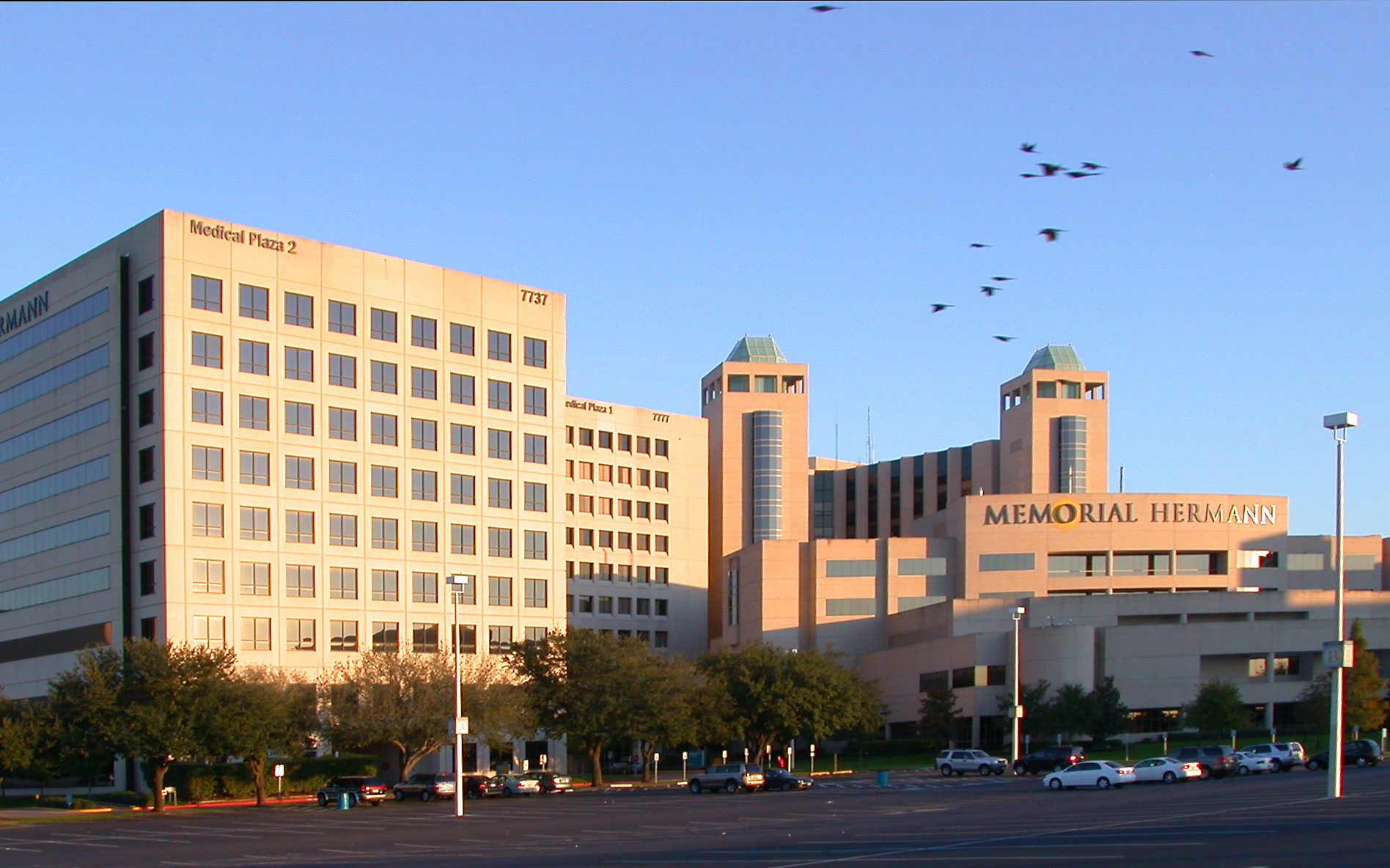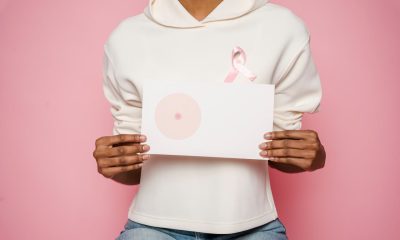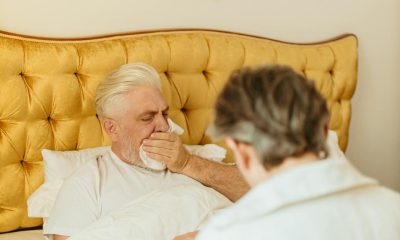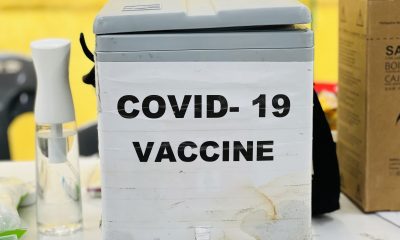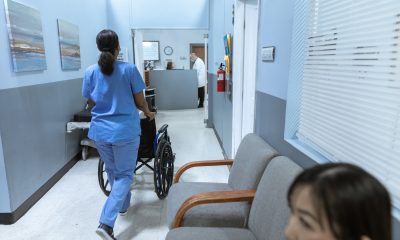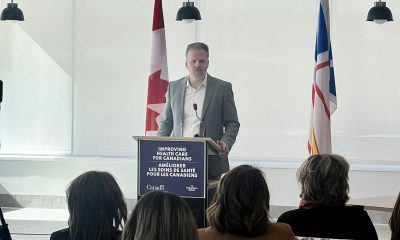Health
US hospitals compete for affluent immigrants with premium menus, revamped rooms, other extras
HOUSTON—When it comes to ordering meals at Houston’s Memorial Hermann Southwest Hospital, immigrant patients can choose from dishes similar to those they might eat at home: dumplings or noodles for Asian palates, curry to accommodate Indian tastes.
These and other choices at medical facilities across the U.S. reflect intense competition to attract one of health care’s most desirable demographics—affluent, foreign-born patients with generous insurance coverage or cash to pay out of pocket.
The menu is just part of the outreach. The Houston hospital also has redecorated patient rooms, subscribed to foreign-language TV channels and even changed the colour of hospital paperwork to reflect cultural preferences.
Hospitals “are recognizing that they have to begin to gear their services and products toward more minority populations,” said Rick DeFilippi, chairman of the board for the Institute for Diversity in Health Management, a subsidiary of the American Hospital Association.
The effort to cater to minority and immigrant groups began decades ago in inner-city hospitals, but it’s now becoming crucial to private institutions’ quest for paying customers. Immigrants from China, Vietnam and India have median household incomes above the national average of about $51,300—with immigrants from India earning more than double, according to the U.S. Census Bureau.
Memorial Hermann began its initiative in 2009 by reaching out to Vietnamese and Chinese patients, for whom language was a major barrier.
The program was so successful it was expanded to include South Asian patients, many from India and Pakistan. A new menu includes four types of curry, and the hospital now allows for the kind of large family gatherings many U.S. hospitals frown on.
In California, the El Camino Hospital developed a South Asian Heart Center and a Chinese Health Initiative, emphasizing cultural sensitivity and prevention tailored to a community’s specific ailments, such as high blood pressure, hepatitis B and certain cancers.
The American Hospital Association believes such programs are key. It has set three goals for 2020 that include pushing hospitals nationwide to hold cultural sensitivity training for all employees and collecting data on illness and ethnicity to tailor medical care. The group also wants to ensure hospital administrations and boards better reflect populations they serve, DeFilippi said.
Dr. Jianwei Feng, a senior cardiologist at Memorial Hermann Southwest, remembers a Chinese immigrant who came to see him a few years ago complaining of chest pains. The patient, whose English was poor, put his palm between his chest and abdomen to indicate where it hurt. Doctors ran a series of abdominal tests and sent him home. He returned days later with a full-blown heart attack.
Incidents like that inspired Feng and hospital administrators to build the Asian program.
First, they hired interpreters, who now number about 80 hospital-wide. Then, they hired a physician liaison to work with doctors on referring patients from Houston’s nearby Chinatown, who Feng said now feel more comfortable referring their patients.
The changes mean that Tan Nguyen, a 60-year-old Houston man originally from Saigon, can recover from heart surgery while watching a Vietnamese news channel. He eyes the menu of dumplings and fried rice, and exclaims, “I love it.”
“I feel very comfortable,” Nguyen said. “It seems like home.”
When patients are comfortable and eat well, they heal better, Feng said.
At first, Memorial Hermann concentrated its efforts in one elderly ward. It had red walls, bamboo floors, large refrigerators for food brought by visitors and Chinese and Vietnamese TV channels.
Even the patient-information folders had to be right—white, associated with death in Asian culture, was out. Red, the colour of happiness, was in.
Water had to be room or tea temperature because Asians don’t drink cold water like Americans, said Bruce Luu, the physician liaison.
Managers soon expanded the services to the entire hospital, said Carla Kuaiwa, the administrator for Asian services.
When they decided to expand the program to include South Asians, they discovered different issues, she said.
Although many South Asians speak English, they have a cultural gap with Americans. Families want large visits. And the eldest son—not necessarily the patient—is often the decision-maker. Women sometimes don’t want a male doctor entering the room without permission or a female escort.
As an overture to the community, the hospital hosted a South Asian fair last summer, Kuaiwa said. Now they want to dedicate a corridor to the art, history and culture of these countries.
“We want to bring the culture to them here at the hospital,” she said.

